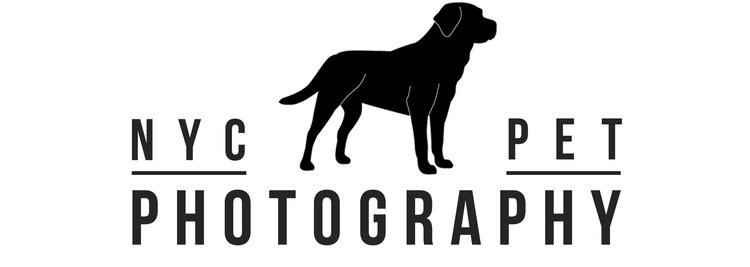Originally written for Savage Universal Blog
When photographing pets, I edit the animals as minimally as possible because I want to ensure that the dogs look as realistic as possible, especially if they are still in search of their “furever” home (from my adoption sessions). I do most of my editing in Lightroom, and the edits that I choose to do are not to make the animal look any better or different. My edits are meant to create a consistency in my work and show the animals in the best light.
The model featured in this post is Sunday. She is housed through Social Tees NYC, a not-for-profit, nokill 501c3 rescue organization based in the East Village of New York, New York. Social Tees NYC recently rescued Sunday from a kill-shelter in California.
Camera: Nikon d750
Lens: Sigma 85mm f/1.4
Light: Yongnuo YN600EX‑RT off camera right in 26” Westcott Rapid Box Octa
Backdrop: Savage Plum Seamless Paper
Camera Settings:
- Shutter speed: 1/250
- Aperture: f/1.4
- ISO: 200
Step 1: Basic Edits – I’m not very precise with these, and will often go back after I finish the bulk of the editing and play with them more. It’s just a starting point.
- Exposure: The RAW file was a little dark for my taste, but I know my normal edits will make it much lighter so I didn’t want to brighten it up much. I raised the exposure by .10
- Highlights: -25
- Shadows: +54
- Whites: -25
- Blacks: +25
- Clarity: +10
- Vibrance: +20
- Saturation: +5
Step 2: Tone Curve
I don’t mess with the tone curve much. All I did was slightly bring down the shadows and raise the light midtones.
Step 3: Hue, Saturation, and Luminance – I like a very specific color pallet so this is an important step in my editing process. Note: This is the only part of my workflow that is not the same in every photo. This is dependent on the color backdrop that I am using and the color of the animal.
- Hue: I like to raise up every color except for blue because I like to create a brighter look to my photos.
- Saturation: I’ve already raised the saturation in Basic Edits, so here I lower the saturation on specific colors (again dependent on the animal and backdrop). In this particular image I’ve lowered the saturation on every color except for Orange (because that would cause the dog to turn grey) and purple (because of the effect it would have on the backdrop).
- Luminance: This setting is the most dependent on the backdrop. In this image, I used the Plum backdrop from Savage Universal. Editing with this color in mind, I brought down the Reds, Oranges, Blues, Purples, and Magentas.
Step 4: Lens Corrections – This one is simple. I check Remove Chromatic Aberration and Enable Profile Corrections. I know my lens has a tendency to vignette so I do raise that up a bit.
Step 5: Camera Calibration – This is one of the biggest parts of how I create my style. It helps to create the lighter look that I love in my photos.
- I’m constantly bringing down the saturation (which is why I raised it so much in basic edits). I lowered the saturation of Red, Green, and Blue Primary by -10
- To create the lighter look, I raised the Red and Green Primaries up to +30 and +50 respectively and I lowered the Blue Primary to -10
Step 6: Crop – I usually wait until the end to crop unless it’s very obvious that I need to change the crop for some reason (light stand in the frame or something like that). I do this because my photos have a different feel after I lighten them up and finish my editing, so I don’t like changing the crop until I go through my entire workflow.
- In this case, I leveled out photo a little bit and cropped in at the bottom because there was too much background in the frame. It’s important to always keep in mind that in pet portraiture the most important part of the image is the pet, so it should take up the majority of the frame.
Step 7: Assessment – At this point unless there is anything else wrong with the image I’m done. 8 times out of 10 I don’t need to do anything here, that being said I chose to talk about this image because it’s one of the images that does need some extra editing.
- The first thing I noticed was that the image was simply underexposed. That’s an easy enough fix, so I raised the exposure another .5
- The backdrop isn’t evenly lit. To fix this I used the graduated filter in Lightroom. I created a new mask and dragged up from the top and bottom with the exposure bumped up another .5
- I saved the hardest part for last. I’m seeing some color from the backdrop reflected onto Sunday’s nose. This is a little harder to fix in Lightroom, so I brought the image into Photoshop, created a Hue/Saturation Layer Mask, brought down the saturation of the reds and raised the lightness a little to even it out, and then just painted white over the area with the color cast.
And that’s it! Thanks for taking the time to read about my editing process! I hope that you walk away with some new ideas about editing your own work. Remember- consistency is key!
